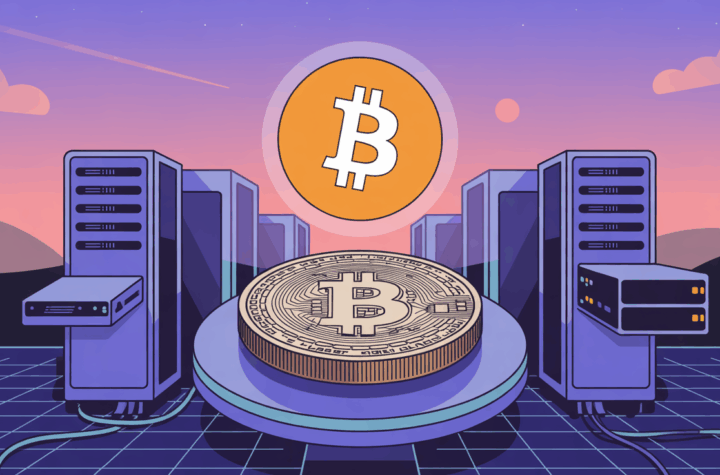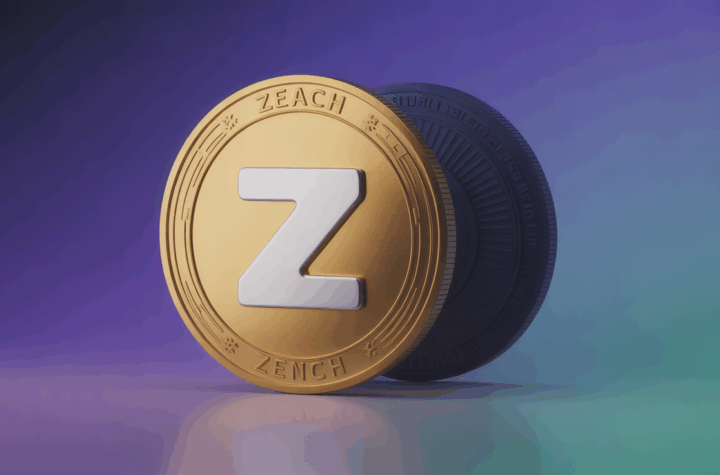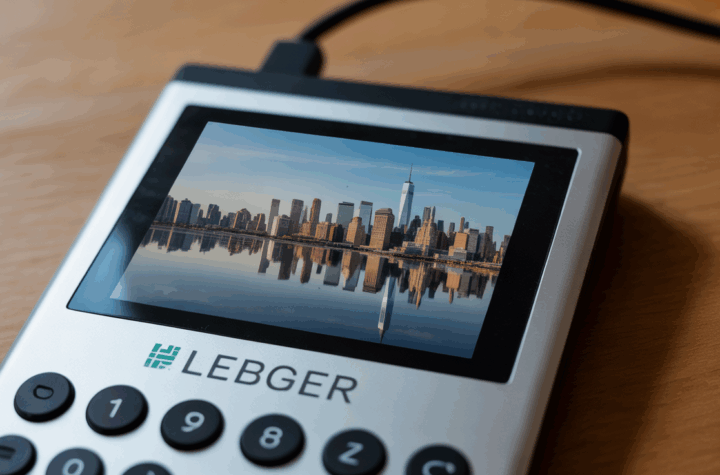
Dollar Bounces Back, but Analysts See Limited Upside — Bitcoin Faces Headwinds
The U.S. dollar has staged a short-term comeback after its steepest six-month decline in decades, putting pressure on bitcoin and other risk assets. But analysts remain unconvinced that the rally signals a lasting turnaround.
The U.S. Dollar Index (DXY) climbed 1.4% to 98.30, rebounding from a multi-year low of 96.37. The move marks a technical breakout above the descending trendline formed since February, suggesting renewed bullish momentum — at least for now.
Historically, a stronger dollar tends to suppress bitcoin prices, as rising yields and tighter financial conditions dampen investor appetite for risk. Bitcoin and the DXY have generally moved in opposite directions.
“This is the dollar’s first back-to-back weekly gain since May, supported by resilient U.S. economic data and rising rate expectations,” said Marc Chandler, Chief Market Strategist at Bannockburn Capital Markets. “But it looks more like a corrective bounce than a trend reversal.”
Fed funds futures now imply an increase of nearly 25 basis points in expected year-end rates — a notable shift that’s helping support the greenback. Yet Chandler warns that without structural improvements in fundamentals, the rally may prove short-lived.
ING Sees Dollar Support from Macro Tailwinds
Economists at ING also believe the dollar could stay supported in the near term, driven by improving U.S. data and a reassessment of interest rate cuts.
“Retail sales and jobless claims surprised to the upside, giving the Fed more room to delay easing,” ING analysts noted. “Markets are beginning to unwind the 14 basis points of rate cuts priced in for September.”
They added that uncertainty ahead of Japan’s Upper House elections could also be pushing investors toward the dollar, especially against the yen, where a break above USD/JPY 150 is possible.
Political Risk in Japan Drives Yen Weakness
Sunday’s Upper House elections in Japan are a key risk event. If the ruling coalition — led by the Liberal Democratic Party and Komeito — fails to win at least 50 of the 125 contested seats, political instability could intensify, weighing on Japanese markets.
Pre-election promises of tax cuts and stimulus handouts are raising fiscal concerns, and talk of a possible rate hike by the Bank of Japan is adding to investor unease.
“There’s a growing risk that the coalition will fall short, complicating policy negotiations with the U.S.,” ING said.
Caution Over Long-Term Dollar Outlook
Despite the dollar’s bounce, some remain skeptical of its staying power. Griffin Ardern, Head of Options Trading at BloFin, pointed to rising inflation expectations and fiscal pressures in the U.S.
“The rebound in U.S. inflation, Trump’s recent criticism of Fed Chair Powell, and the passage of the OBBA bill have all raised inflation fears,” Ardern said.
The One Big Beautiful Bill (OBBA), recently passed in Congress, is projected to increase the U.S. fiscal deficit by $3 trillion over the coming years — a long-term drag on the dollar.
“Once Japan’s election uncertainty fades, the dollar’s rally may lose steam,” Ardern added. “The underlying macro picture still doesn’t support a sustained dollar surge.”






More Stories
What to Watch in Crypto This Week: Circle, CoreWeave, and Square’s BTC Moves
What Traders Are Watching: ETH, XRP, ADA, SOL Amid Trump’s $2K Dividend Proposal
Zcash Privacy Joins Solana DeFi as Wrapped ZEC Surpasses $15M in Trading